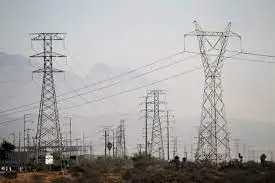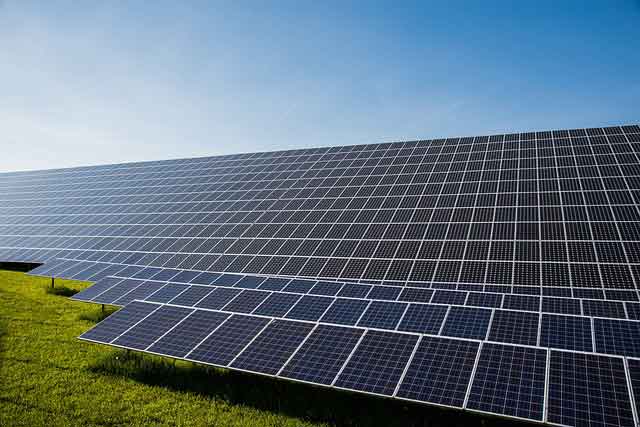California favours efficiency over alternative energy
By Reuters
NFPA 70b Training - Electrical Maintenance
Our customized live online or in‑person group training can be delivered to your staff at your location.

- Live Online
- 12 hours Instructor-led
- Group Training Available
California legislators are debating whether to commit the state to getting 33 percent of its electricity from renewable power like solar and wind, which is already an informal part of the most populous U.S. state's landmark plan to cut greenhouse gas emissions to 1990 levels by 2020.
"We believe that most of the reductions (in emissions) coming from the electricity sector as a whole are going to come from energy efficiency and conservation rather than the introduction of renewables," Air Resources Board Chair Mary Nichols told the Reuters Global Climate and Alternative Energy Summit in San Francisco.
But big projects like wind farms and solar arrays covering broad swaths of desert could be complemented by more small-scale projects than regulators and big utilities contemplate.
"You could do small centralized projects, small fuel cells in a lot of locations. You could even do some thermal projects, even small wind. There are opportunities for rooftop wind projects in certain areas," she said.
California, the world's eighth largest economy, is already a major market for roof-mounted solar panels from companies like SunPower Corp and is a test market for modular solar thermal plants from start-up eSolar.
"As utilities have discovered, there is no such thing as an easy site for a power plant," Nichols said, adding that the state needed both big and small projects.
California's climate change plan is the most ambitious in the nation in terms of raw cuts in carbon dioxide emissions, and it may retain its status as the undisputed leader, in some ways to its chagrin. Nichols said the state wanted to be ahead, not alone, and she voiced skepticism over when a federal climate bill could pass.
"I would not say the chances are very large that we will get that all done before December," Nichols said. That is the date for global talks in Copenhagen to hammer out a follow-up to the contentious Kyoto climate change treaty.
"I don't think we will go to Copenhagen empty handed," she added, though. The U.S. Environmental Protection Agency could make major regulatory strides that would signal the country is serious about cutting carbon dioxide pollution, she said.











